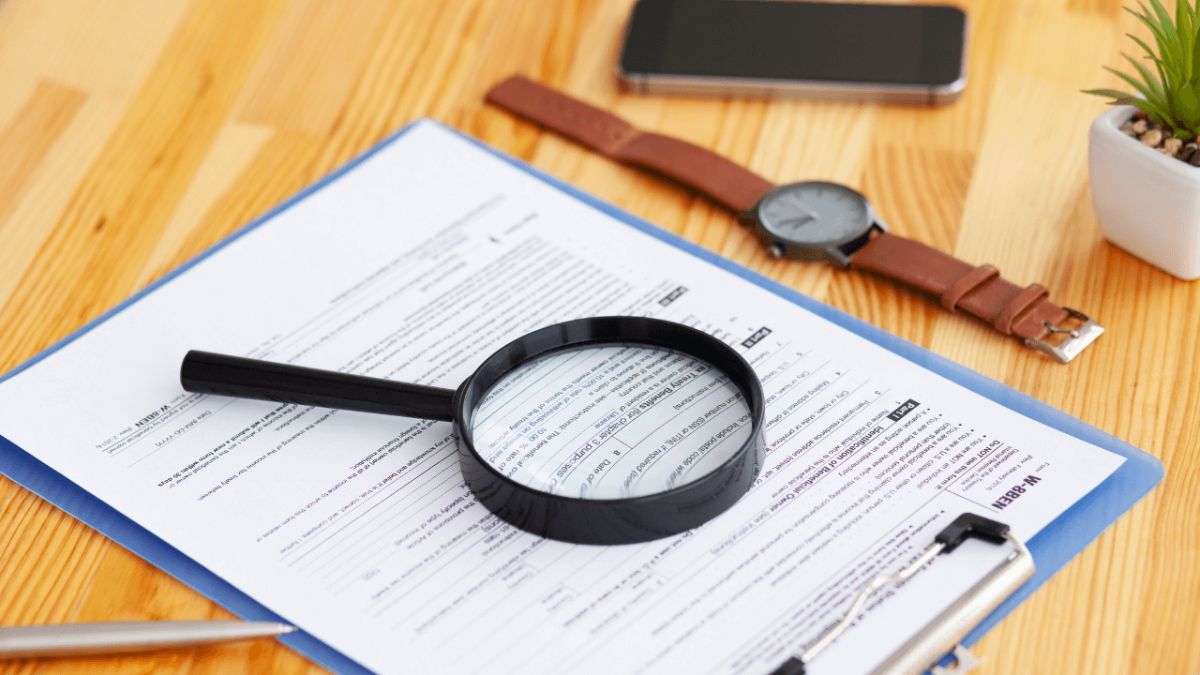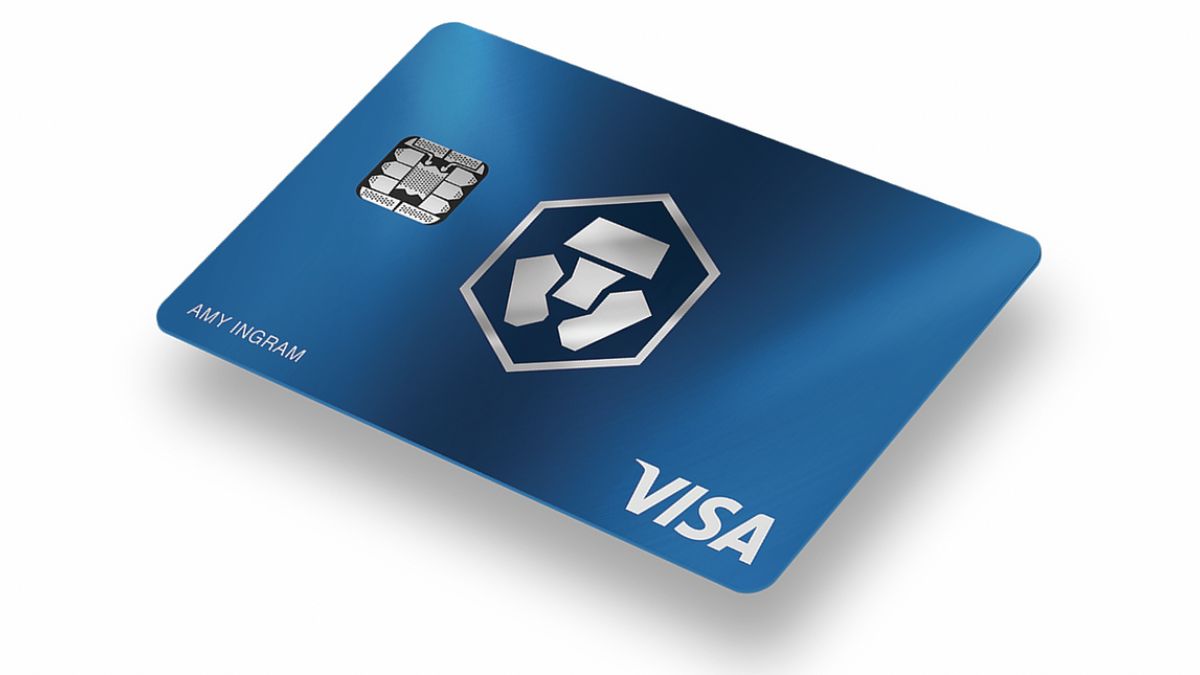Cryptocurrency trading has exploded over the past decade, attracting millions of investors seeking to take advantage of its volatility and potential for incredible returns. For beginners, however, it can seem overwhelming. With numerous exchanges, trading strategies, and endless charts to decode, it’s easy to feel lost. But fear not—this guide is your go-to resource for learning how to trade crypto currencies effectively and confidently.
Whether you’re looking to build wealth, diversify your portfolio, or dip your toes into the fast-evolving crypto space, this blog will walk you through the essentials of cryptocurrency trading.
What Is Trade Crypto currency?
Cryptocurrency trading refers to the act of buying, selling, or holding digital currencies (like Bitcoin or Ethereum) with the goal of earning a profit. Traders make decisions based on the market’s price movements, technological advancements in blockchain, and trends impacting the crypto world.
Unlike traditional financial market, cryptocurrencies are decentralized, meaning they aren’t regulated or controlled by any single entity, such as governments or banks. While this freedom offers numerous opportunities for traders, it also comes with unique risks.
Why Trade Crypto currency?
Still on the fence about whether to get into crypto trading? Here are a few reasons why many choose this market:
- High Potential for Profit: Crypto markets are known for their incredible price swings, making it possible to earn significant returns in a short amount of time.
- 24/7 Trading: Unlike the stock market, cryptocurrency markets never sleep, offering trading opportunities around the clock.
- Accessibility: With minimal barriers to entry, anyone with an internet connection can start trading crypto today.
- Portfolio Diversification: Cryptocurrencies can add diversity to a portfolio dominated by traditional assets such as stocks or bonds.
However, it’s worth noting that the same volatility that makes cryptocurrency exciting can also lead to significant losses. That’s why it’s essential to arm yourself with knowledge.
Step 1: Understand the Basics of Cryptocurrencies
Before you can trade effectively, you need to understand what you’re dealing with. Here’s a quick refresher:
- Bitcoin (BTC) is the first cryptocurrency and is often referred to as digital gold. It was created in 2008 and remains the most valuable crypto.
- Altcoins are alternative cryptocurrencies like Ethereum (ETH), Solana (SOL), or Cardano (ADA) that have gained popularity for their unique use cases and features.
- Stablecoins, such as Tether (USDT) or USD Coin (USDC), are pegged to stable assets (like the U.S. Dollar), making them less volatile than other cryptos.
Get comfortable navigating the crypto space by learning about blockchains, wallets, and how transactions work.
Step 2: Choose a Reliable Crypto Exchange
A crypto exchange is where you buy and sell cryptocurrencies. Choosing the right platform is crucial for an enjoyable and secure trading experience. Popular exchanges such as Binance, Coinbase, and Kraken offer user-friendly interfaces, a wide variety of coins, and robust security measures.
When evaluating exchanges, consider the following factors:
- Reputation and trust in the crypto community.
- Fees for transactions and withdrawals.
- Supported currencies, especially if you’re interested in specific coins.
- The availability of trading tools like charts and order types.
Also, check whether the exchange is legally available in your country to ensure compliance with local regulations.
Step 3: Set Up a Wallet to Store Your Crypto
Having a secure wallet is paramount. A wallet is a digital tool that stores your cryptocurrency securely, allowing you to send and receive digital coins. There are two main types of wallets you should know about:
- Hot Wallets (online): These are connected to the internet and are better for frequent trading. Examples include Coinbase Wallet and MetaMask.
- Cold Wallets (offline): These are not linked to the internet and are ideal for long-term storage. Examples include Ledger and Trezor.
For traders, a combination of both is often recommended. Store your actively traded crypto in a hot wallet but keep larger amounts in cold storage for maximum security.
Step 4: Start With the Right Strategy
No successful crypto trader works without a plan. Here are a few trading strategies to keep in mind:
Day Trading
This strategy involves taking advantage of short-term price movements. Day traders open and close trades within the same day, requiring precision, fast decision-making, and thorough market analysis.
Swing Trading
Swing traders focus on larger price movements that occur over a few days or weeks. This strategy is more forgiving than day trading and allows you to analyze trends over longer timeframes.
HODLing
“HODL” stands for “Hold On for Dear Life”—a slang term in the crypto world for holding onto your coins long-term. This strategy works for investors who believe in the long-term potential of cryptocurrency.
Scalping
Scalp traders make multiple small trades throughout the day, aiming to capitalize on tiny price movements. Though profitable, scalping requires a lot of time and focus.
Choose a strategy that matches your risk tolerance, available time, and investment goals.
Step 5: Learn to Read Crypto Charts and Trends
To make informed trading decisions, you’ll need to get familiar with technical analysis. Tools like candlestick charts, trend lines, and volume indicators provide a wealth of data on market sentiment and price direction.
Key Concepts to Know:
- Support and Resistance Levels: These are price levels at which a coin repeatedly bounces or gets rejected.
- Bollinger Bands: These measure market volatility and can hint at overbought or oversold conditions.
- Moving Averages (e.g., MA, EMA): These smooth price data to identify trends and predict price movements.
Mastering these tools will give you a competitive edge when interpreting cryptocurrency price action.
Step 6: Manage Your Risks
Crypto trading is inherently risky, but sound risk management can save you from catastrophic losses. Follow these golden rules:
- Set a Budget and only invest money you can afford to lose.
- Use Stop-Loss Orders to minimize losses if the market moves against you.
- Diversify Your Portfolio to reduce exposure to a single asset.
- Avoid Emotional Trading by sticking to your strategy and not chasing the market.
Remember, it’s better to make small, consistent gains than lose big while chasing quick profits.
Step 7: Stay Updated With the Market
The crypto market moves fast, and staying informed is essential. Follow reputable news sources like CoinDesk, CoinTelegraph, and community forums like Reddit or Telegram. Many traders also use Twitter for live updates and insights from influencers and experts in the field.
What’s Next for Aspiring Crypto Traders?
Cryptocurrency trading offers endless opportunities, but it requires patience, skill, and dedication to succeed. To master the art, don’t rush into the market blindly. Invest the time to understand how it works, follow a solid trading strategy, and continually improve your skills.
Want to take your crypto knowledge even further? Sign up for free weekly market insights and trading tips on our platform [insert link]. Start today and trade smarter!
FAQs
1. What is Trade crypto currency?
Cryptocurrency trading involves buying, selling, and exchanging cryptocurrencies with the goal of generating a profit. Traders can speculate on the price movements of various digital assets like Bitcoin, Ethereum, and more, using different platforms and strategies.
2. Is trade crypto risky?
Yes, crypto trading carries significant risks due to the volatility of the market. Prices can change rapidly within minutes, leading to potential losses. It’s essential to conduct thorough research, use risk management strategies, and only trade with funds you can afford to lose.
3. What do I need to start trading?
To begin trading, you need a secure cryptocurrency exchange account, some initial capital or cryptocurrency funds, and a reliable trading strategy. Additionally, a basic understanding of technical analysis and market trends is beneficial.
4. Can I trade crypto 24/7?
Yes, unlike traditional financial markets, the cryptocurrency market operates 24/7. This allows traders to access the market at any time, although it’s still essential to set boundaries to avoid burnout.
5. Are there fees for trade crypto?
Most cryptocurrency exchanges charge fees for trades, including transaction fees, withdrawal fees, and sometimes deposit fees. Always review the fee structure of your chosen platform before trading.
6. How do I choose the right trading platform?
When selecting a trading platform, consider factors such as security, user interface, supported cryptocurrencies, fees, and available features like charting tools or mobile apps. Research reviews and ensure the platform suits your trading needs.










